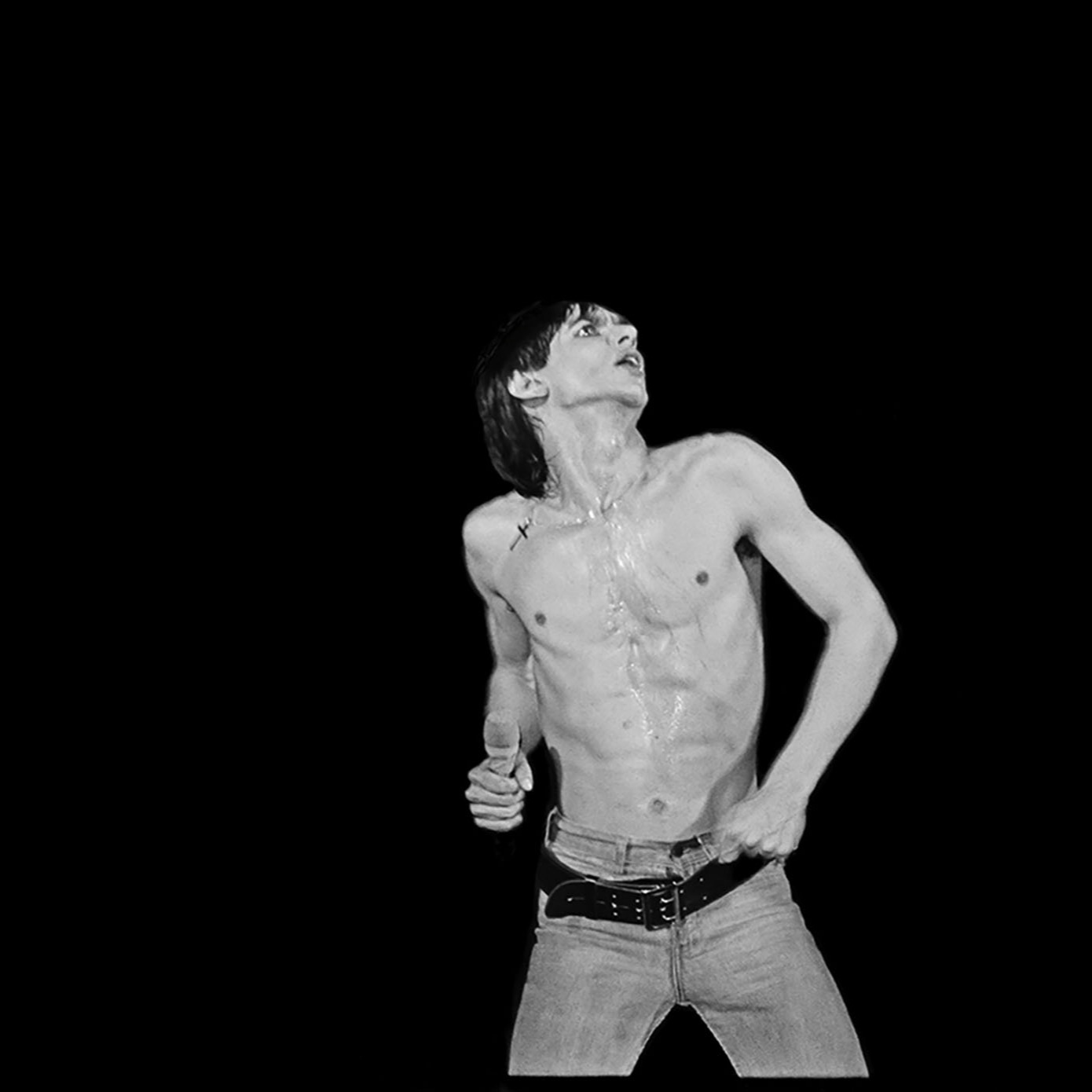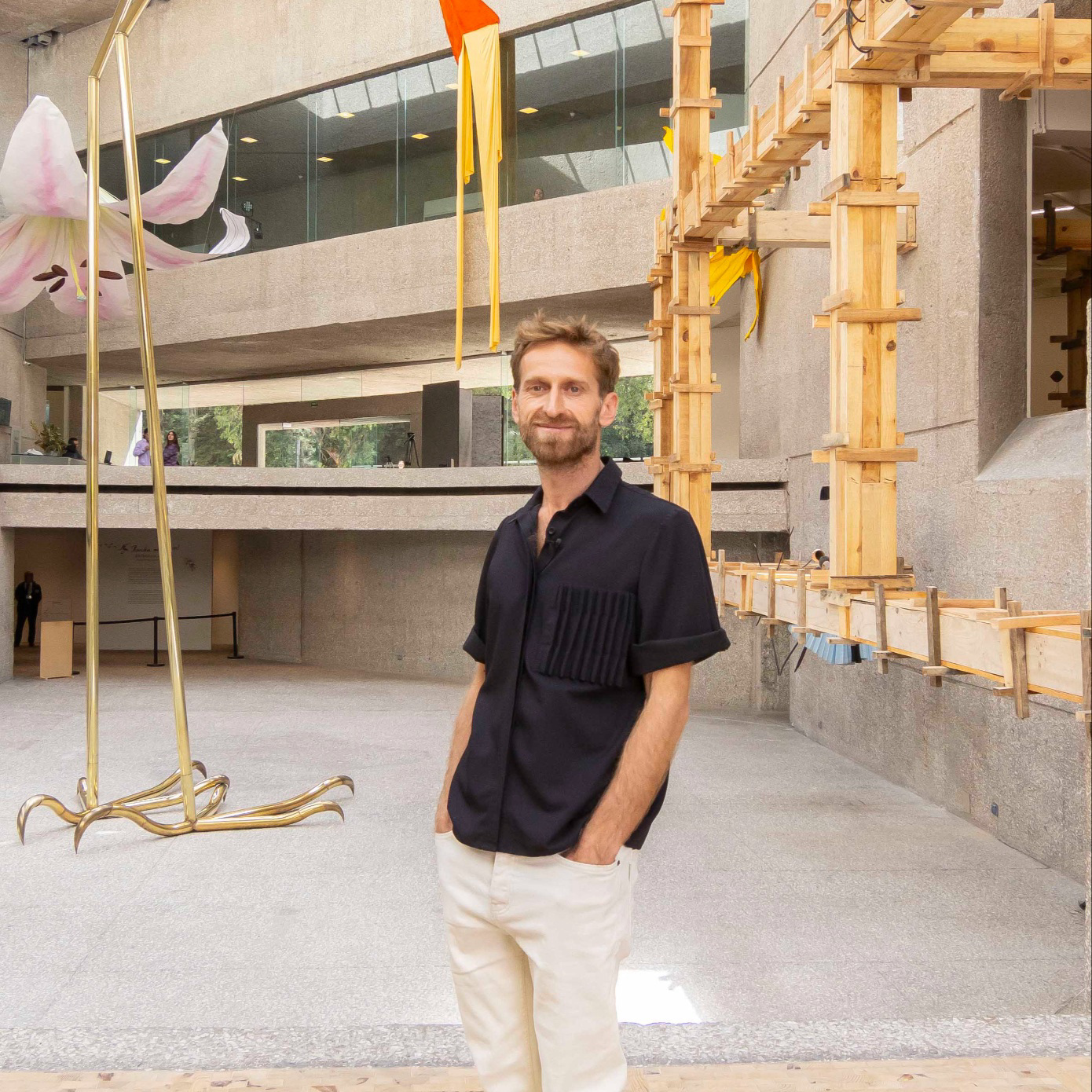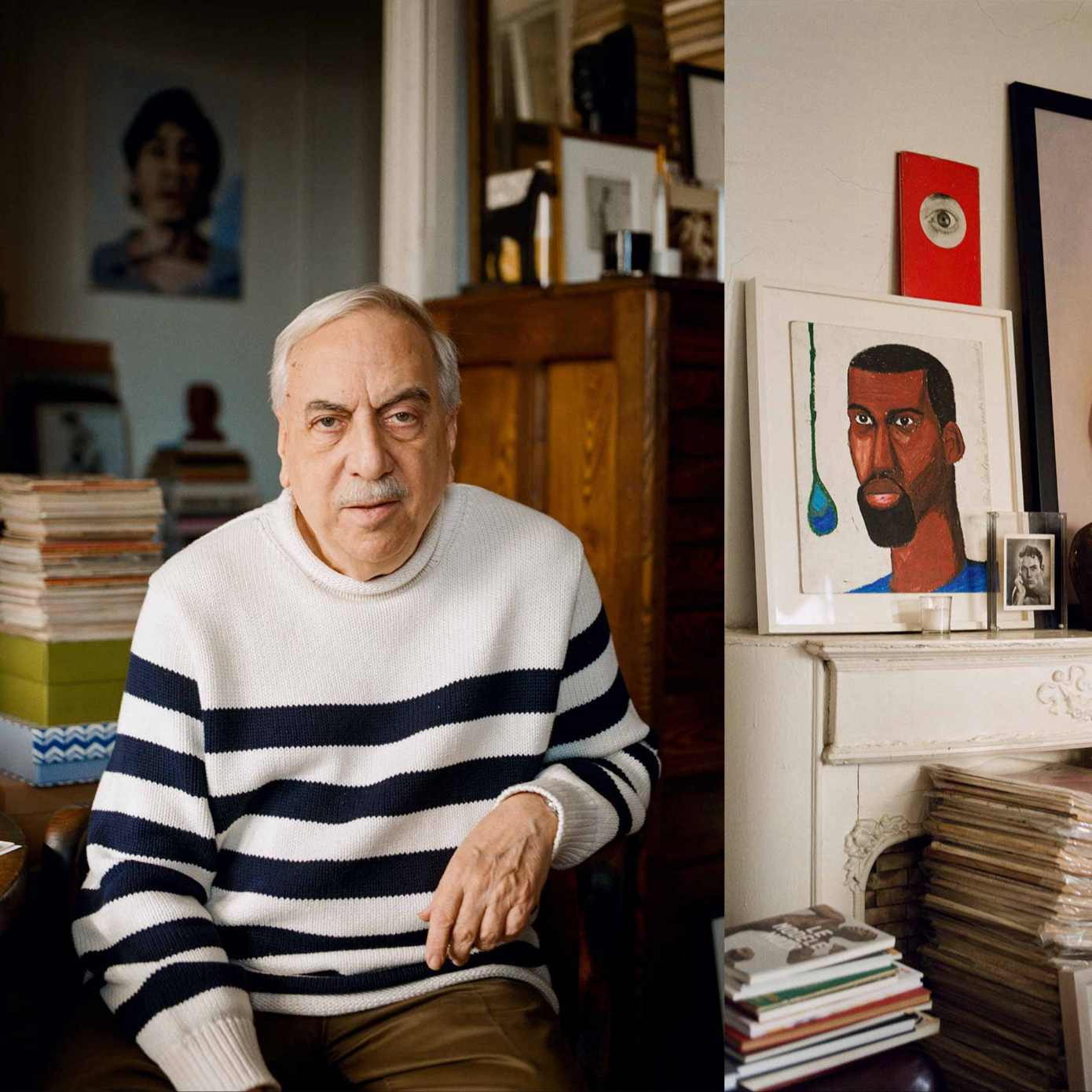
At the end of last month, Harvard University’s Radcliffe Institute for Advanced Study hosted Vision & Justice: A Creative Convening on Art, Race, and Justice—moments of which are captured here, in a video by Lance Oppenheim. The event was rooted in the work of Professor Sarah Lewis—Vision and Justice is the name of a course Lewis teaches; it is also the title of a 2016 issue of Aperture she guest-edited. In Aperture, the relationship between photography and the black American experience was explored with nuance; the concept itself—the inextricable link between images and justice—is drawn from “Pictures and Progress,” the Civil War speech in which Frederick Douglass described the significance of pictures in shaping how the nation understands itself—and who it chooses to represent.
For the Vision & Justice symposium, Lewis wanted to explore three questions: How is the foundational right of representation in a democracy—the right to be recognized justly—tied to the work of images in the public realm? What is the role of the arts for justice? How have narratives created by culture—the arts, performances, and images—both limited and liberated our definition of national belonging in this digital age? These questions are only more pertinent, more poignant, in an era almost completely defined by social media. “American citizenship has long been a project of vision and justice,” Lewis has said, citing her grandfather’s expulsion from a New York City high school: he'd inquired as to why there were no black people in his history book.
Vision & Justice Convening by Lance Oppenheim from Cultured Magazine on Vimeo.
Vision & Justice's accompanying curriculum—a document of essays, conversations, and questions like the above—will be shared among educators and students everywhere, Lewis hopes. The symposium itself, meant to set this in motion, was groundbreaking: it featured performances by Carrie Mae Weems and Wynton Marsalis, and conversations with Ava DuVernay and Bradford Young (on When They See Us, their upcoming mini-series based on the Central Park 5), Mona Hanna-Attisha—who discovered the Flint, Michigan water crisis—Chelsea Clinton, David Adjaye, Teju Cole, Kimberly Drew, LaToya Ruby Frazier, Hank Willis Thomas, Naomi Wadler—the 12-year-old activist whose speech you might remember from the National March for Our Lives—and more. It also included the presentation of the inaugural Gordon Parks Foundation Essay Prize, with a keynote by Bryan Stevenson; Kasseem "Swizz Beatz" Dean gave out prizes.
Reflecting on the conference and what's ahead, we spoke to Sarah Lewis about her history and the transformative power of images. Read on, and check out scenes from the conference in the video above.
You have been asked this before, by Sandra Stevenson at The New York Times: what led you to photography? I always loved images, but I focused on their civic importance when I was young and learned that film photography had a racial bias built into the medium. I stumbled into learning about this history because my father was intent on getting the right film to capture dark skin when I was growing up. He was always at the camera store down the street, buying these versions of Kodak film in the 1980s. Film was initially designed—down to the chemical composition—to best accommodate white skin tones. It took complaints from furniture companies and chocolate companies—yes—for Kodak to increase the dynamic range of its film and accommodate a broader range of skin tones. I learned about the history of photography when I was pretty young through this issue. I have a much darker skin tone than both of my parents so, in order to get the pictures to show us all accurately, my father had to stay up on the latest photographic technology.
The second way was by being introduced to the extraordinary Deborah Willis early on in my life through her scholarship on African American photography. She inspired me to entire the field. I held a curatorial position at the Museum of Modern Art in the Department of Photography soon after graduating from college. I would spend far too long at night just poring over the collecting, memorizing it, processing it. It’s such a gift to be able to teach and write about the fullness of photography’s history today.
The impetus for the Vision and Justice convening is clear. How did the conference go? It is going to take some time for me to have the words to describe the convening. It was rigorous but also loving, probing, and deeply multigenerational—speakers there ranged from Yara Shahidi and Naomi Wadler, just 12 years old, to Henry Louis Gates, Jr., Bryan Stevenson, Darren Walker, Wynton Marsalis. It was democratic. We barely used the “green room”–the speakers were all in the audience.
It felt like history had rushed into the room, ready to be confronted by a more inclusive and loving future that was ready and would not wait.
In an editor’s note for the conference's publication, you wrote the following: “Social media has changed how we ingest images…What skills of visual literacy are required to understand the opportunities and challenges that technology presents to civic life?” Tell me more about this. Today, any event can greet us as an image. We also live in increasingly siloed communities. So, it is putting pressure on images to create bridges between us. What we share, the algorithms that determine what we see—all of this is urgent for the creation or elimination of common civic space in our democracy.
I think we need some technology that alters our devices into thinking we have other identities, just so that we see the world through that lens. Seeing is a way of reading the world. We’re so accustomed to this—we can call it visual literacy—that we often forget that it is a critical skill for public life today.
You’ve created a publication that can also be used as a curriculum for students and educators. This is wonderful, because such resources and conversations should not be limited to specific institutions. Where do you hope this curriculum goes? What's the future of this work? At the convening, we also offered a civic publication, a visual literacy course pack for a digital, democratic age thanks to the support of the Ford Foundation and the Lambent Foundation.
Since the release of Aperture’s Vision & Justice issue in May 2016, I’ve wanted to both protect and break down the walls of the classroom at Harvard where I teach. This publication is an attempt to resolve this tension. It’s a set of resources for those who want a constant education. This volume contains cornerstone texts about the nexus of images, race, and justice. It is a response to the themes that I see under debate in public life. Teaching about the intersection of vision, race, and justice means expanding any course syllabus on a near-daily basis. It is with that spirit that I hope it is seen as a starting point for discussion, an open-source invitation for more collective work.
Three years later, what are your reflections on the Vision & Justice issue of Aperture? The Vision & Justice issue presented a set of collective counternarratives—images of black life that were not commonly found in the media and that serve as a form of representational justice. We now understand the urgency of combating stereotypes for the real world consequences—from health disparities to disproportionate incarceration rates. So, the counternarratives created through images by Alexandra Bell, Carrie Mae Weems, Deborah Willis, Hank Willis Thomas, Deana Lawson, Dawoud Bey, LaToya Ruby Frazier are urgent and vital as much as they are timeless presentations of artistic virtuosity and originality.
What's next in your work with Vision & Justice and beyond? I think we’ll have another Vision & Justice Convening one day in the upcoming years. But right now, I’m finishing the edits on a book about how race, including whiteness, altered the logic by which we make meaning of what we see, and the moments in which this began to occur.
I’m also at work this summer on my next book project on race, visual representation, and the Fourteenth Amendment. Alongside that, I’m focused on a media project that focuses on the Vision and Justice research.



